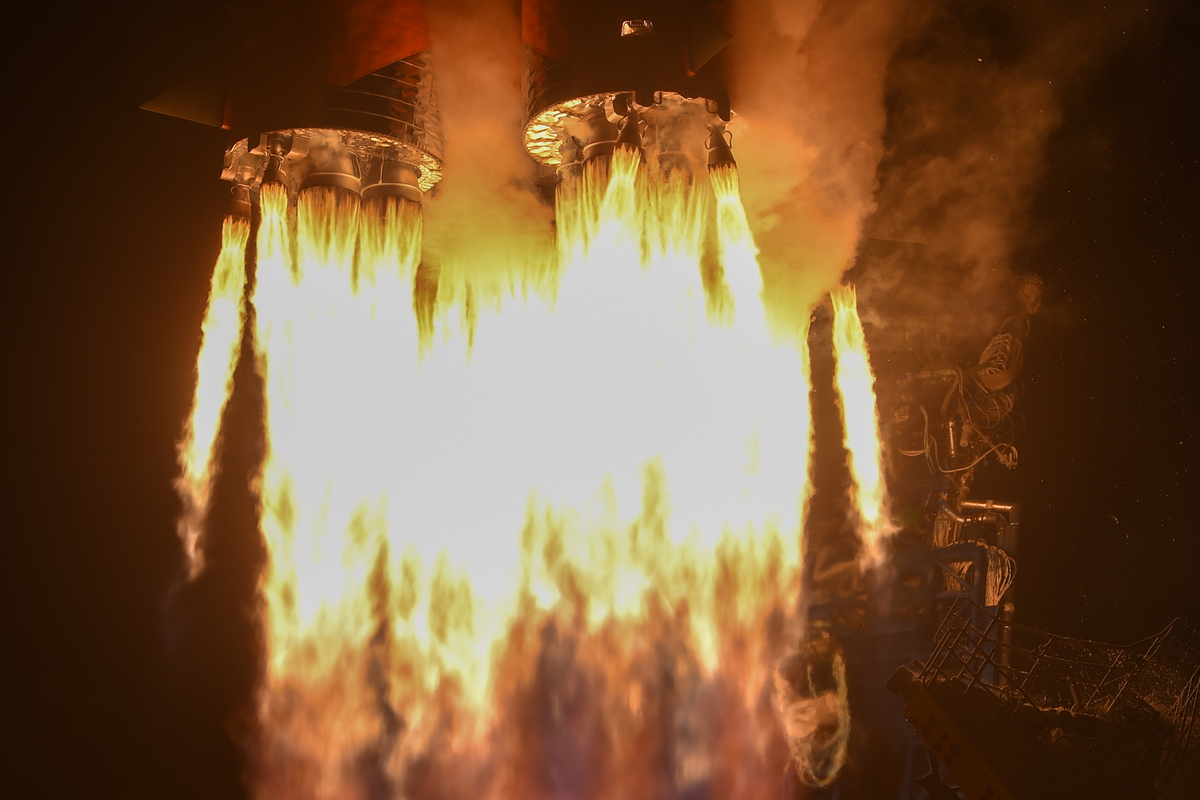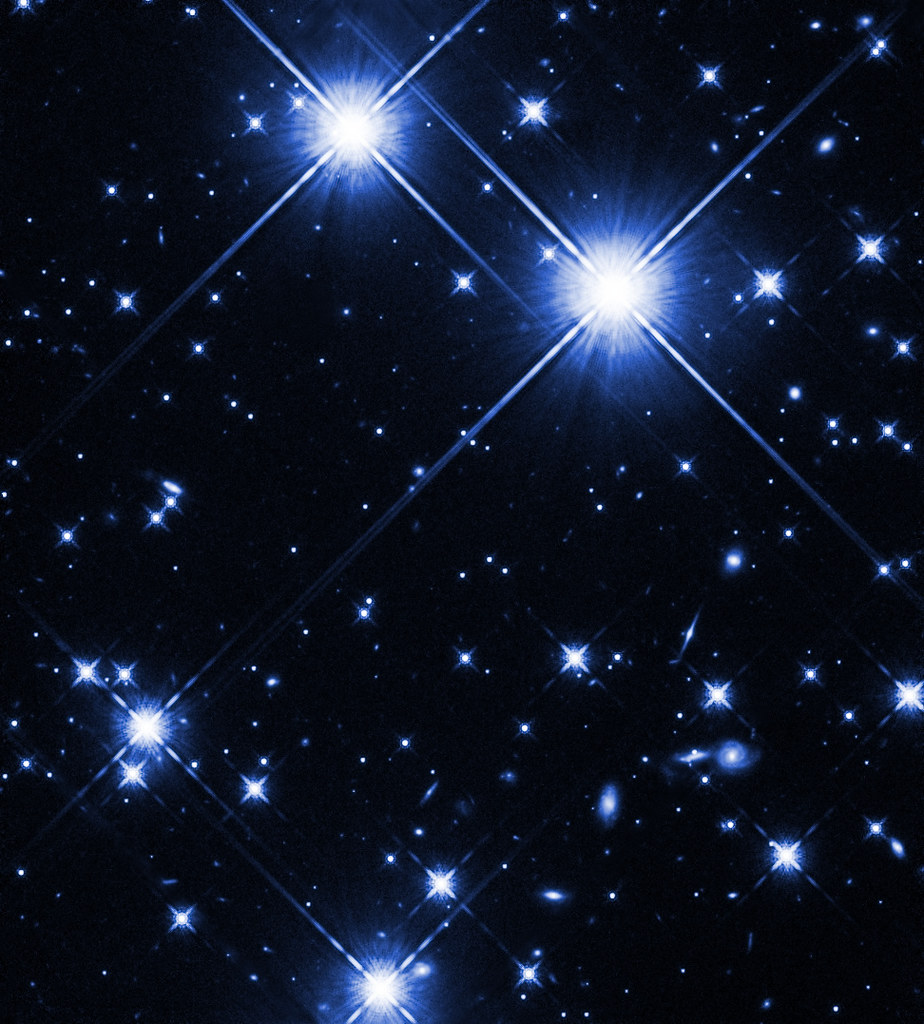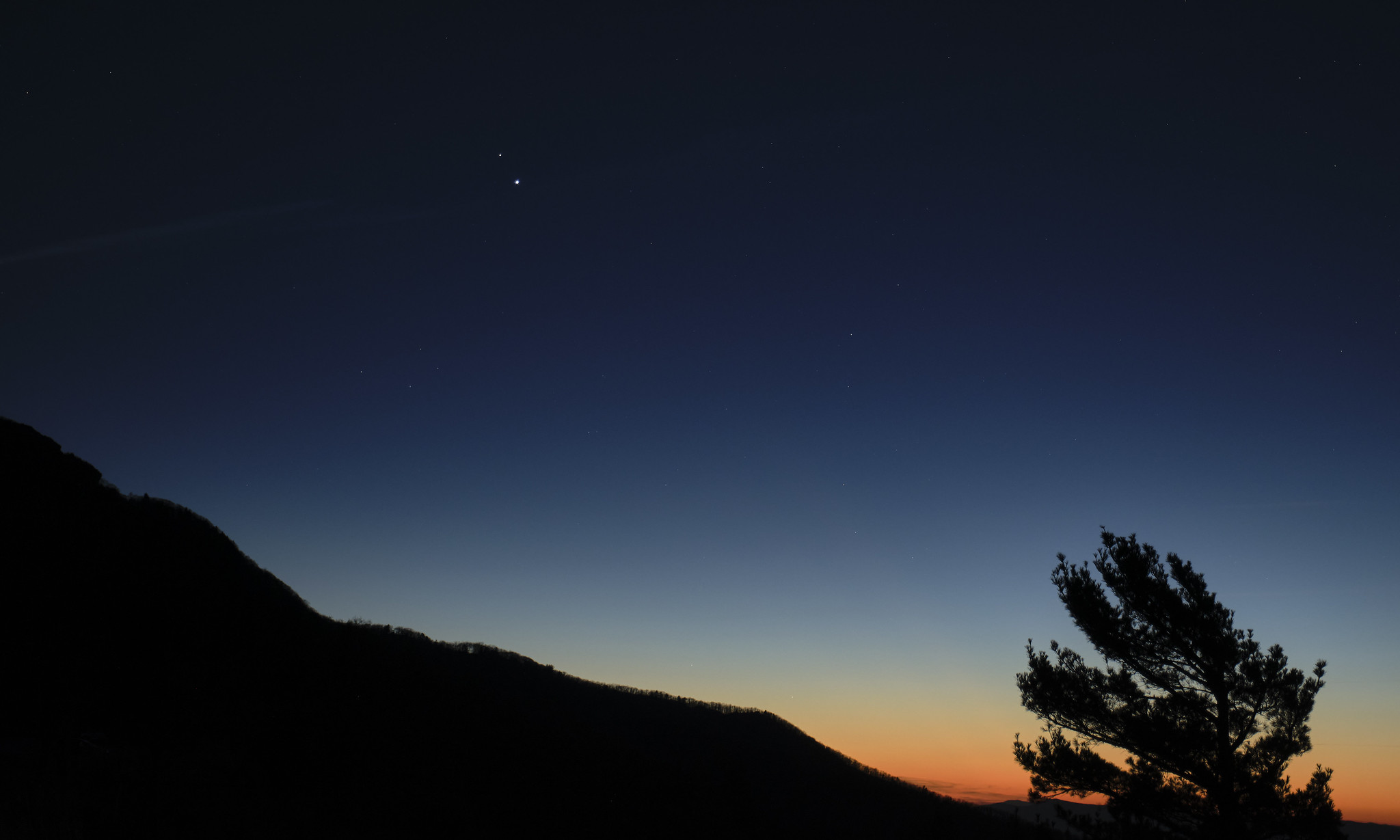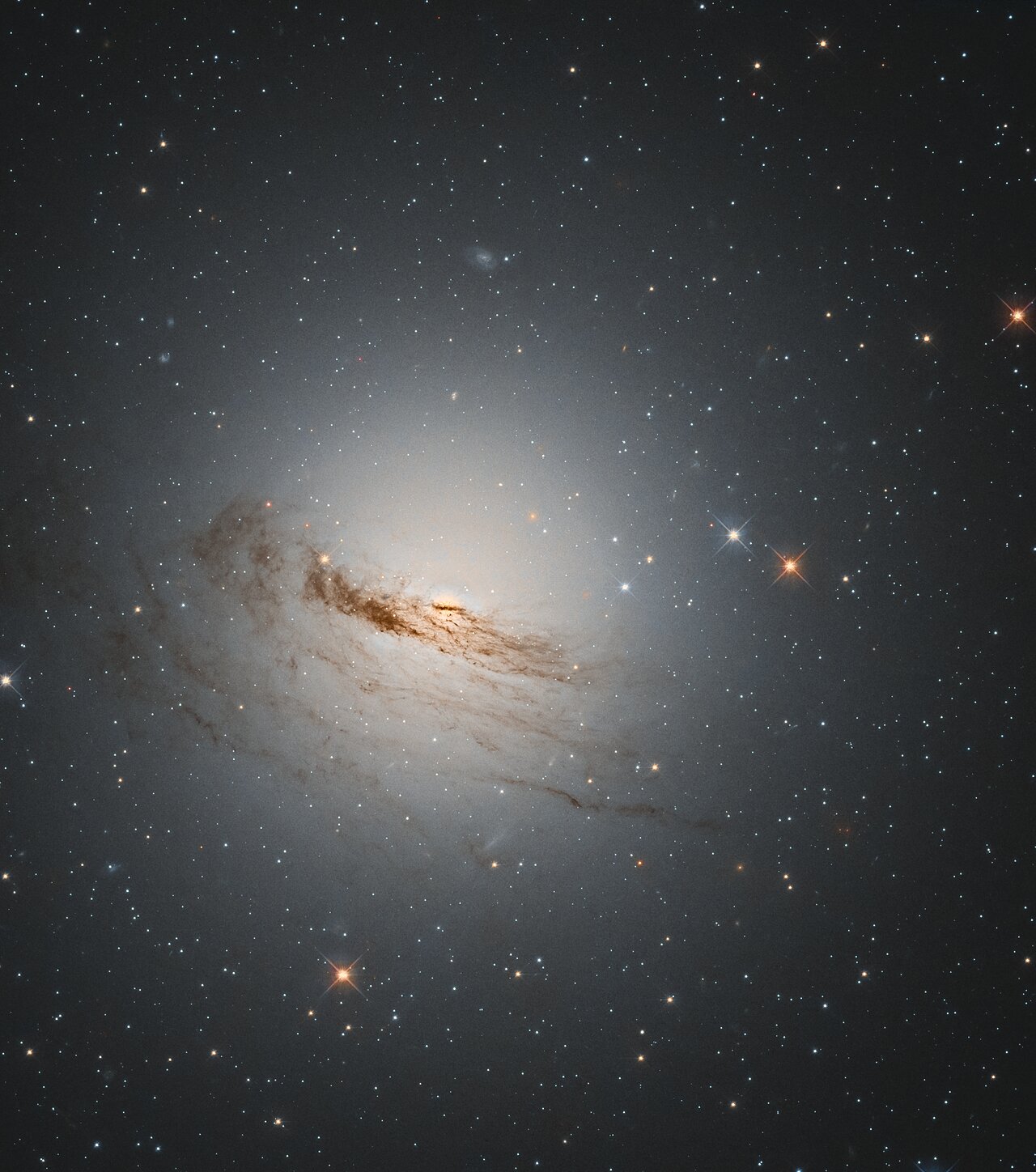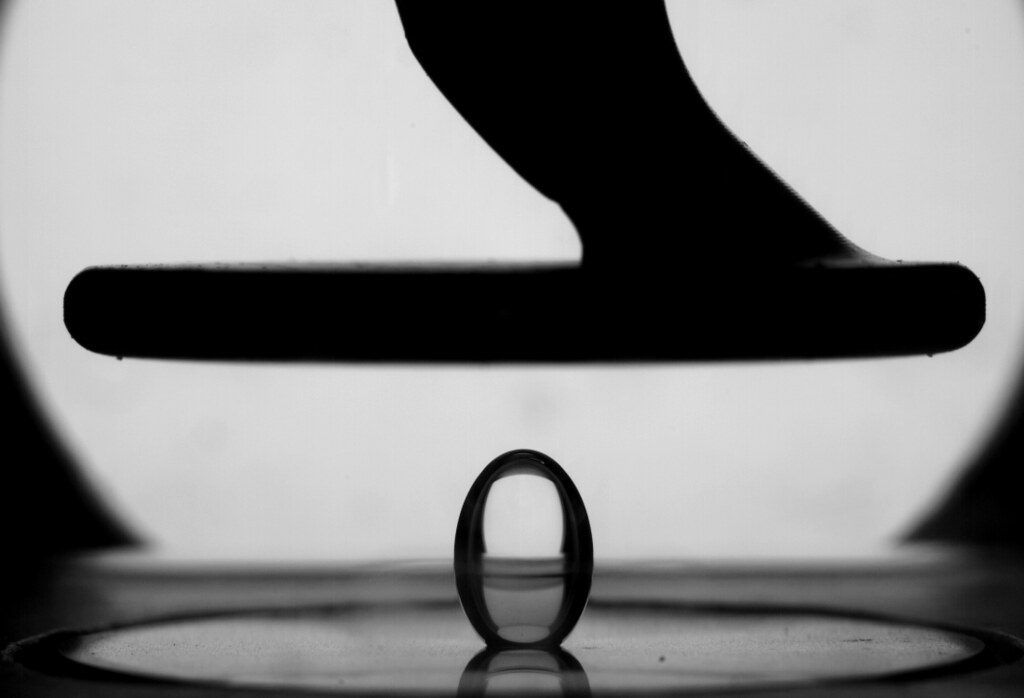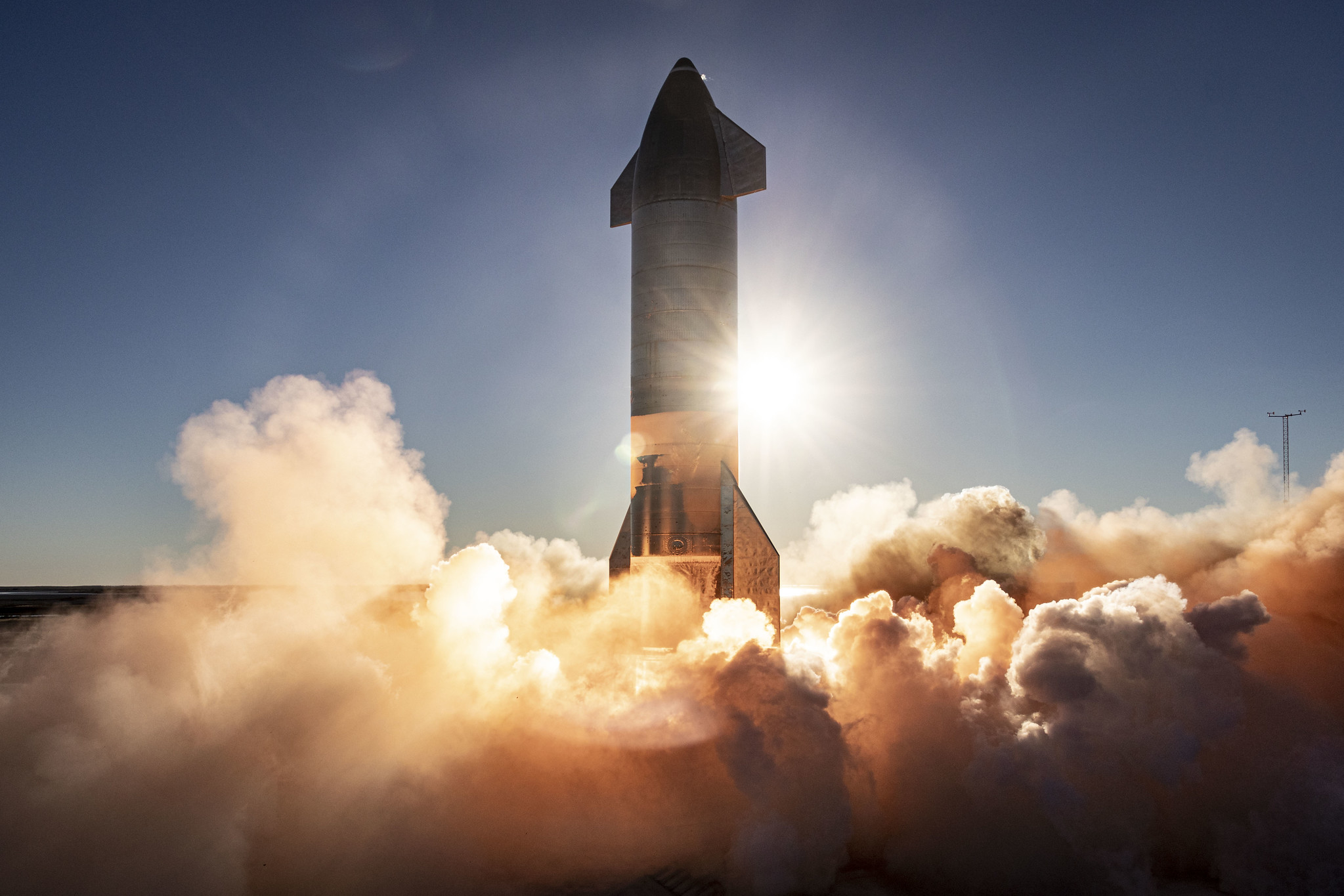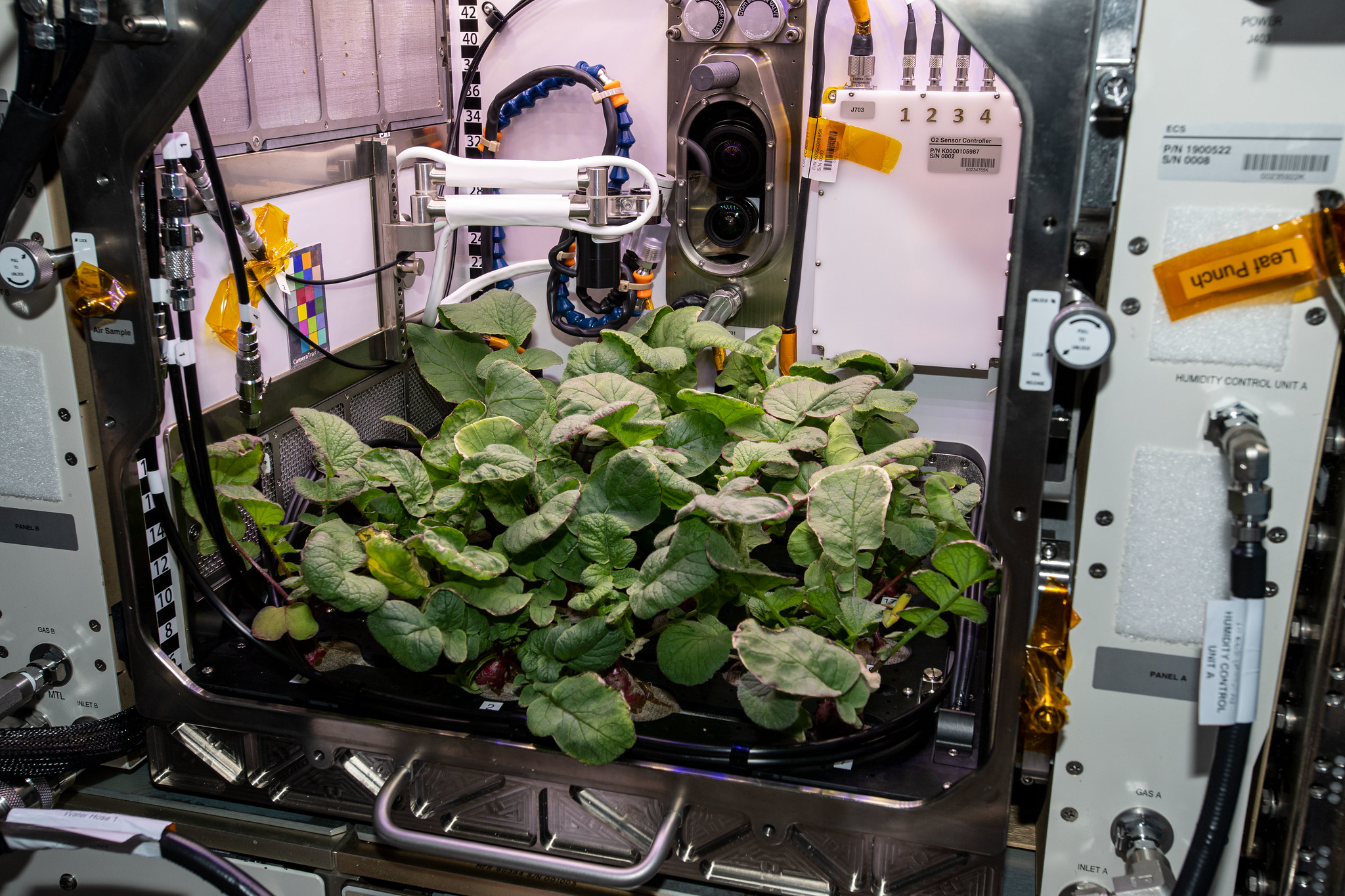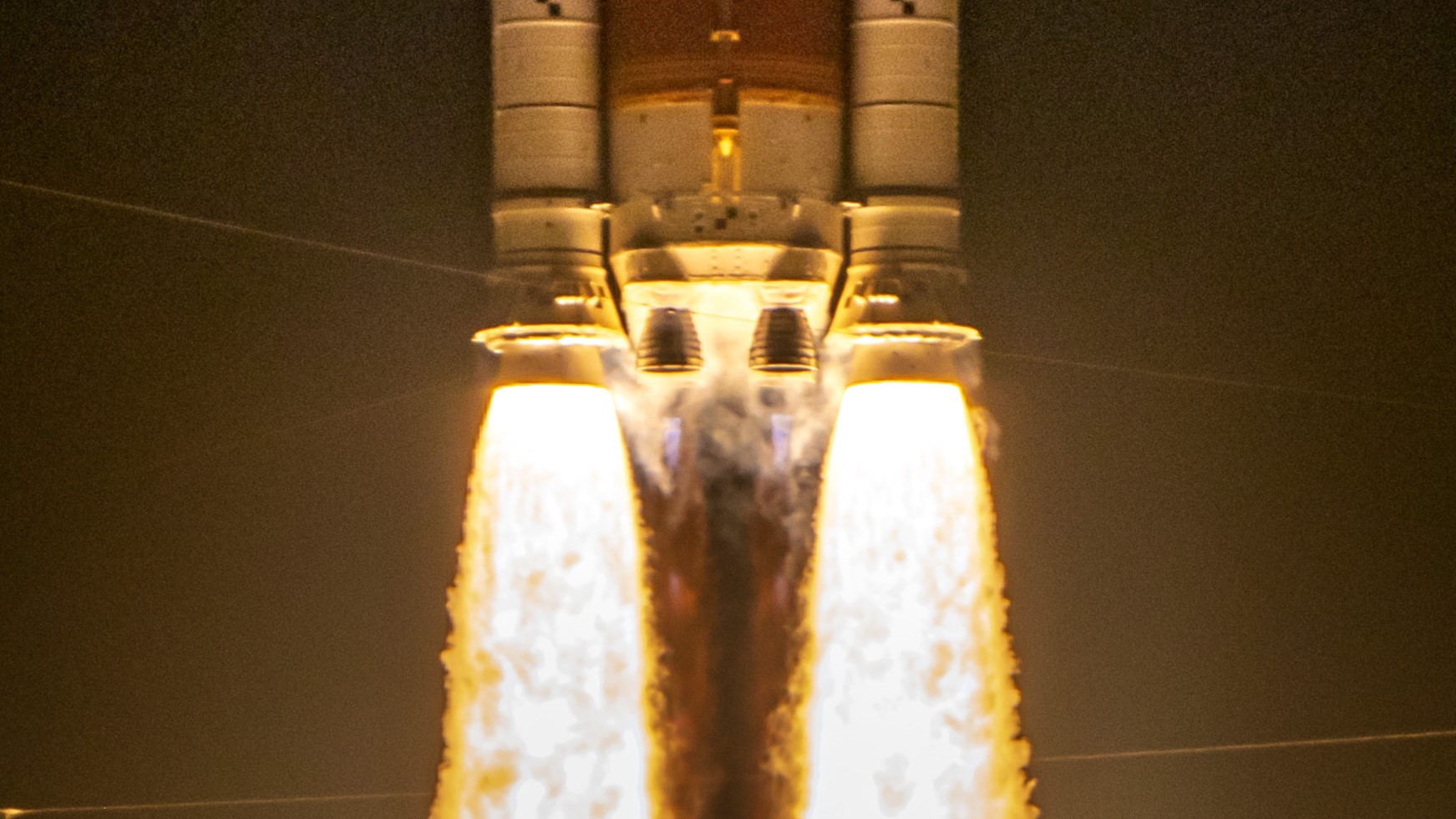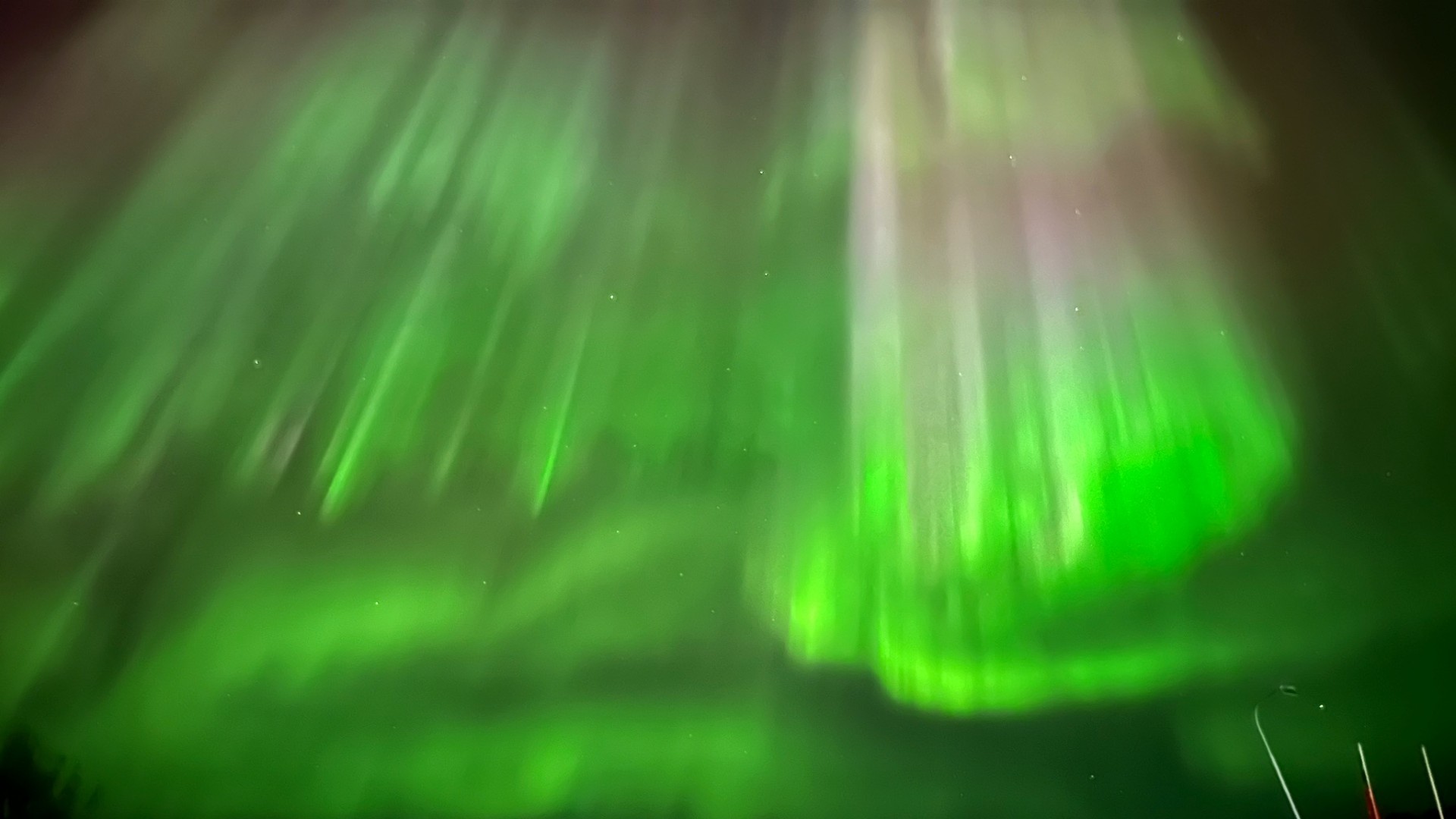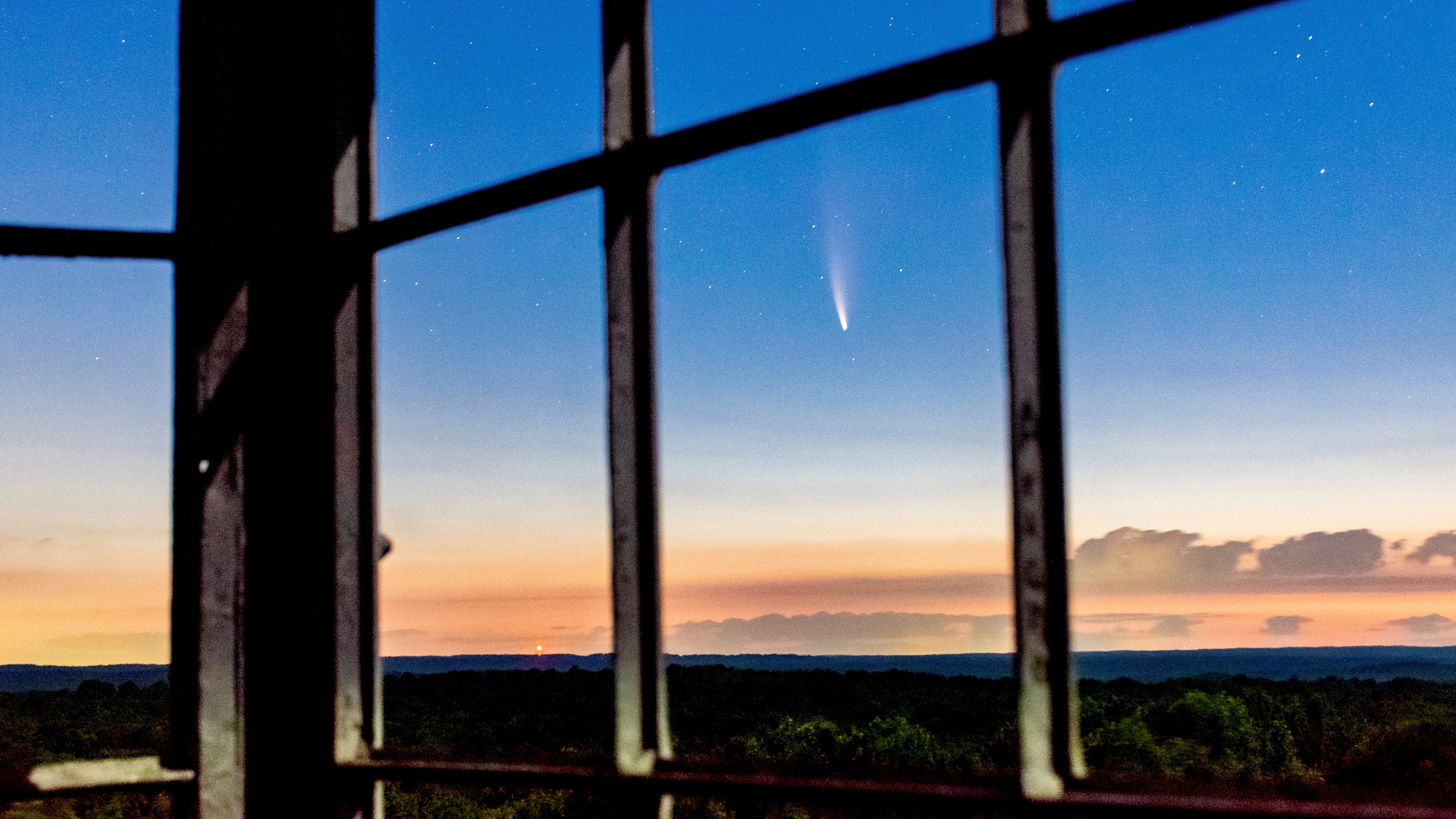Image of the Day 2020 Archive
December 2020
Russia's wild rocket launch
Friday, December 4, 2020: This amazing close-up shows a view of a Soyuz-2 rocket's first stage engines as it launched three new Gonets-M communications satellites and a military nanosatellite into orbit for Russia's Ministry of Defense. The launch occurred Wednesday (Dec. 2) at 10:14 p.m. EST (0114 GMT or 3:14 a.m. Moscow time Thursday, Dec. 3) at the Plesetsk Cosmodrome in northern Russia. You can watch an amazing video of the launch here. -- Tariq Malik
New Zealand from space
Monday, December 7, 2020: The Banks Peninsula on the South Island of New Zealand shows off its striking colors in this stunning image taken from space. This image was taken by the Copernicus Sentinel-2 mission, which is made up of two satellites that orbit our planet, scouring its surface collecting data and paying close attention to bodies of water and how they change over time. -- Chelsea Gohd
A cosmic wonderland
Tuesday, December 8, 2020: In this image taken by the Hubble Space Telescope, you can see the sparkling, sprawling wonder of space. Featured in this image is the galaxy SDSS J225506.80+005839.9. This galaxy with its long (not exactly catchy) name can be seen in the center right of this image. The recently discovered galaxy lies about 500 million light-years from Earth and is a perfect example of what can be discovered by space telescopes like Hubble. -- Chelsea Gohd
A 3D printed test ring
Wednesday, December 9, 2020: This shiny little piece of metal is a test segment from what is known as a launch interface ring, a ring that secures a satellite in place for its tough journey from Earth to space. The ring from which this segment was plucked was 3D printed with an aluminum-magnesium-scandium alloy as part of a European Space Agency Project designed to improve the technique known as LIRAM (Launch Interface Rings by Additive Manufacturing). -- Chelsea Gohd
SN8's test flight goes explosively well
Thursday, December 10, 2020: SN8, SpaceX's latest Starship prototype, launched on its first high-altitude test flight last night (Dec. 9, 2020) taking off at 5:45 p.m. EST (2245 GMT) from SpaceX's facility near Boca Chica, Texas. After a spectacular take-off, SN8 guided itself back to the ground where it landed near the launch stand. While the vehicle performed well throughout the test it came in a little too fast for the landing and touched down explosively. Still, the merits of the test flight were many and the SpaceX team, and most notably its founder Elon Musk, was thrilled with how it went. -- Chelsea Gohd
A sparkling, cosmic masterpiece
Friday, December 11, 2020: This image seems almost too cartoonish and sparkly to be real, but it is yet another stunning, unique view of the cosmos snapped by the Hubble Space Telescope. To capture this image, Hubble used a single infrared filter with its Wide Field Camera 3 (WFC3). The image depicts stars near the center of the active galaxy Caldwell 96 (or NGC 2516). There are also a number of background galaxies that are visible (though fuzzy) in the image. -- Chelsea Gohd
Working in space
Monday, December 14, 2020: Expedition 64 crew members, including NASA astronauts Kate Rubins and Soichi Noguchi, worked together to explore medical therapies for both cancer and heart conditions. Members of the crew also swapped out U.S. spacesuits inside of SpaceX's Cargo Dragon resupply ship as one suit was returned to the station and one will go back to Earth for maintenance. -- Chelsea Gohd
Breaking space news, the latest updates on rocket launches, skywatching events and more!
Saturn and Jupiter in the evening sky
Tuesday, December 15, 2020: In this photograph taken from Shenandoah National Park in Luray, Virginia, you can see the planets Saturn and Jupiter nestled close together in the sky at sunset. Saturn and Jupiter are nearing a "great conjunction" on Dec. 21. During the exciting, astronomical event, the two planets will appear to be so close together in the sky, they will be just a tenth of a degree apart from one another. -- Chelsea Gohd
A dark storm reverses on Neptune
Wednesday, December 16, 2020: Astronomers spotted a dark swirling vortex on Neptune suddenly reverse direction using the Hubble Space Telescope. The storm, discovered in 2018 using Hubble, began in Neptune's northern hemisphere and was traveling towards the equator. Scientists expected that as this happened the storm would become less and less visible. However, in August 2020, scientists using Hubble noticed the storm changing direction going back northwards. -- Chelsea Gohd.
Snow from space
Thursday, December 17, 2020: After a bout of heavy snowfall, the snow-covered Alps can be seen from space in this image snapped by the Copernicus Sentinel-3 mission. Copernicus Sentinel-3 is made up of two satellites and collects data for the European Copernicus environmental monitoring program. With this image, it captured the aftermath of two snowstorms in the Austrian and Italian Alps during which up to a collective 9.8 feet (3 meters) of snow fell. -- Chelsea Gohd
A far-off galaxy
Monday, December 21, 2020: In this image captured by the Hubble Space Telescope, you can see the galaxy NGC 1947, a lenticular galaxy or disc galaxy that's lost most of its interstellar matter. Lenticular galaxies, because of their lost matter, don't have a lot of star formation happening within them. This galaxy was discovered almost 200 years ago and rests in the constellation Dorado (The Dolphinfish) 40 million light-years from Earth. -- Chelsea Gohd
Space bubbles
Tuesday, December 22, 2020: This "space bubble" was created by the Multiscale Boiling experiment otherwise known as Rubi. Installed in the Fluid Science Laboratory in the Columbus module of the International Space Station, Rubi helps researchers to understand how boiling acts in the weightless environment of space. In this image, you can see electrostatic forces pulling the bubble upwards. -- Chelsea Gohd
A 'Molten Ring' in the cosmos
Wednesday, December 23, 2020: This image, taken by the NASA/ESA Hubble Space Telescope, shows the Einstein ring GAL-CLUS-022058s. Einstein rings are created when the light from distant objects like galaxies pass by an extremely massive object. Because of the process known as gravitational lensing, this light is bent and distorted into this amazing, bright curve or "ring." Scientists can use these rings to study galaxies that might otherwise be too faint or far away to see. -- Chelsea Gohd
A Starship flies
Thursday, December 24, 2020: SpaceX's Starship SN8 prototype lifts off from a pad near Boca Chica, Texas in this view from stunning Dec. 8 test launch of the 12-story rocket. The finned spacecraft flew to an altitude of nearly 8 miles, flipped over and glided back to Earth making an epic explosion during its landing attempt. Despite the explosion, SpaceX hailed the test launch as a successful trial of the Starship concept. A new vehicle, called SN9, is already on the launch pad awaiting its own test flight
On Dec. 23, SpaceX released a new video recap showcasing the Starship SN8 flight. -- Tariq Malik
Earthrise for Christmas
Friday, December 25, 2020: Three NASA astronauts had a Christmas like no one on Earth in 1968. That's because the Apollo 8 astronauts Frank Borman, Jim Lovell and Bill Anders were visiting the moon. This iconic Earthrise image was captured by the astronauts on Christmas Eve, showing all of humanity from the vantage point of the lunar orbit. -- Tariq Malik
Salad, anyone?
Monday, December 28, 2020: This crop of radishes on the International Space Station is a welcome sight of green for astronauts living aboard the orbiting lab. NASA astronaut Kate Rubins grew the space veggies in the Plant Habitat-02 as part of an experiment to study how plants grow in space, and how it affects the nutrition and taste of food plants for astronauts. -- Tariq Malik
Can't find the date you're looking for? It may have been a weekend or holiday, when we don't normally update our Image of the Day.
Check out our Image of the Day Archives for more awesome photos.
Image of the Day 2024 Archive
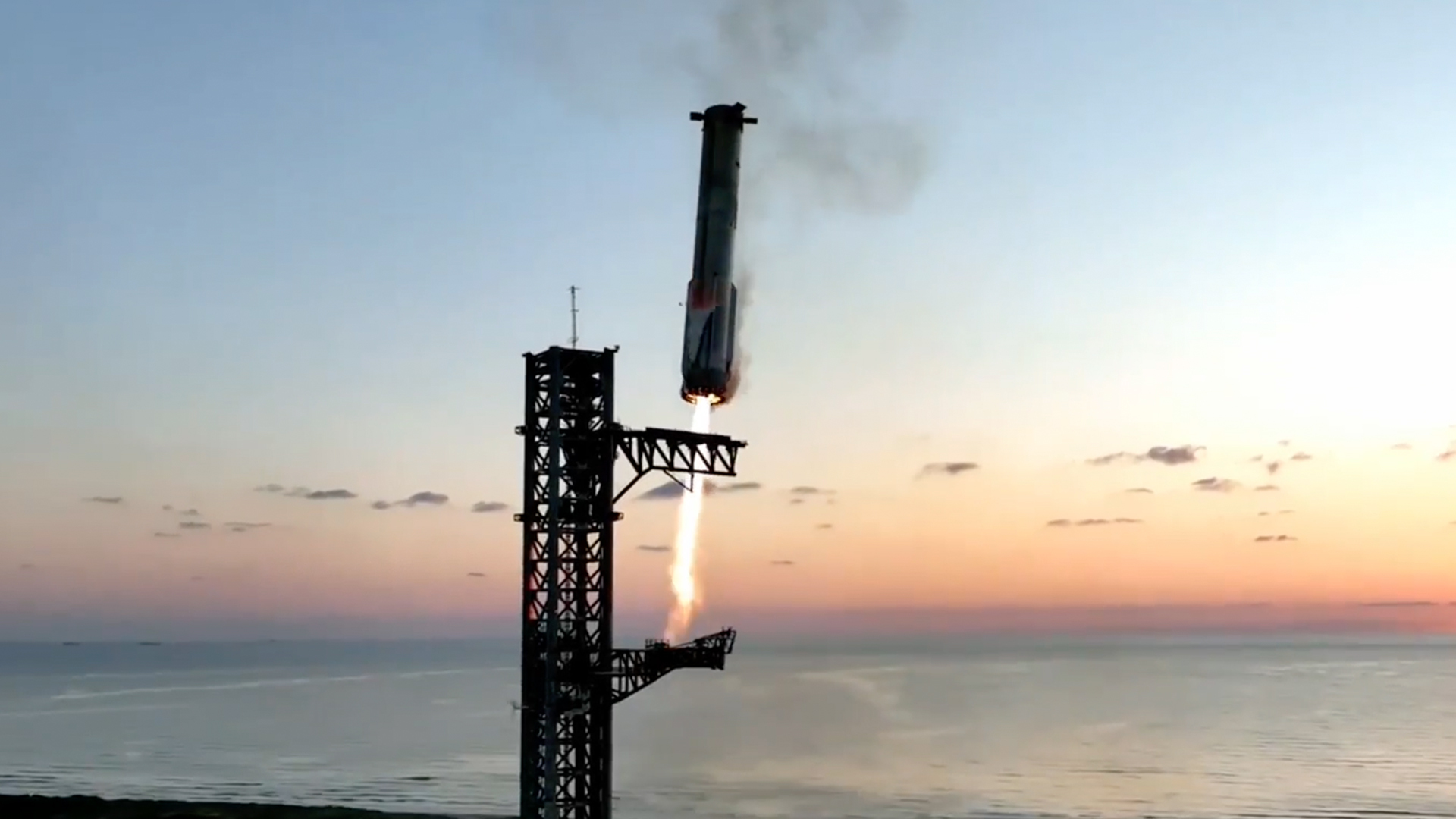
Image of the Day 2023 Archive
Image of the Day 2022 Archive
Image of the Day 2021 Archive
Image of the Day 2020 Archive
Image of the Day 2019 Archive

Space.com is the premier source of space exploration, innovation and astronomy news, chronicling (and celebrating) humanity's ongoing expansion across the final frontier. Originally founded in 1999, Space.com is, and always has been, the passion of writers and editors who are space fans and also trained journalists. Our current news team consists of Editor-in-Chief Tariq Malik; Editor Hanneke Weitering, Senior Space Writer Mike Wall; Senior Writer Meghan Bartels; Senior Writer Chelsea Gohd, Senior Writer Tereza Pultarova and Staff Writer Alexander Cox, focusing on e-commerce. Senior Producer Steve Spaleta oversees our space videos, with Diana Whitcroft as our Social Media Editor.
